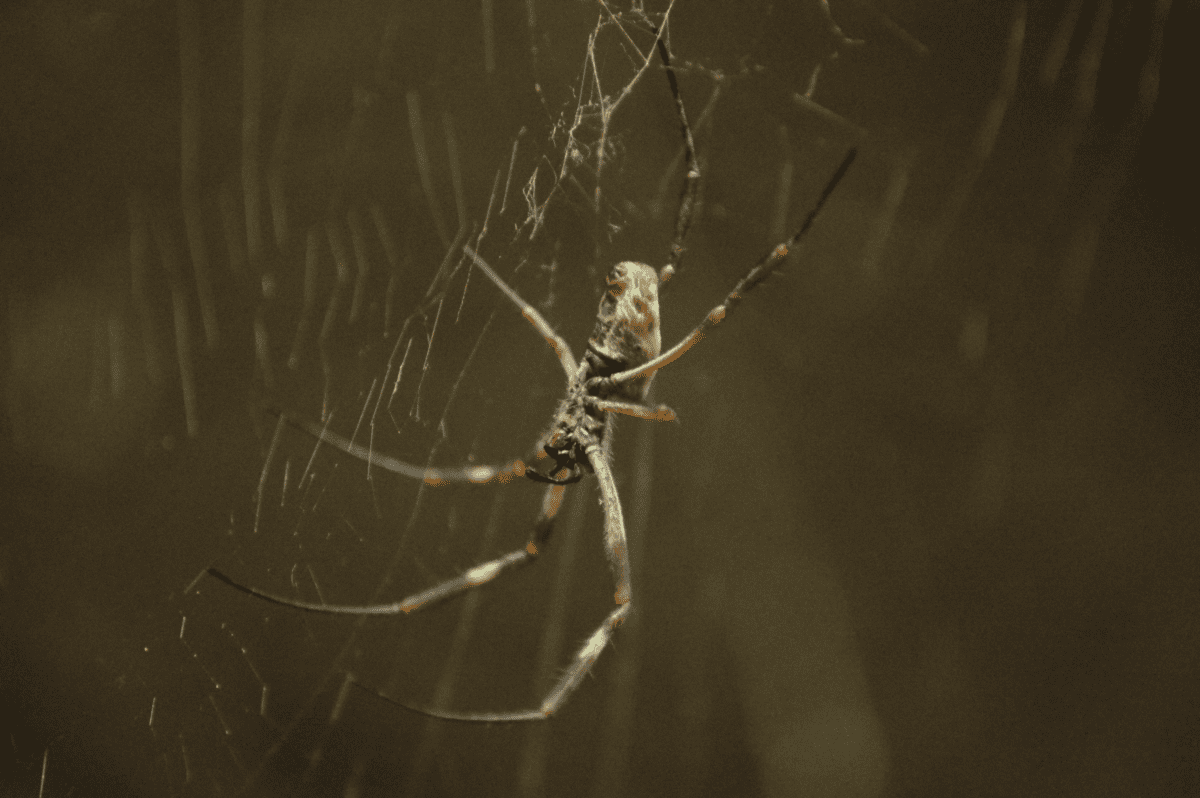As climate patterns shift and human activities continue to alter natural landscapes, several animal species are finding new territories to inhabit. Notably, the brown recluse spider, a notorious arachnid species known for its potent venom, is showing signs of expanding its range across North America. Entering new habitats brings intrigue and concern to residents and scientists alike. While this spider’s venomous nature commands respect and caution, understanding its new habitats, characteristics, and potential risks is essential for fostering coexistence and safety.
An Introduction to the Brown Recluse Spider

The brown recluse spider (Loxosceles reclusa) is infamous for being one of the most venomous spiders native to North America. Known for its distinctive violin-shaped marking on its back, this spider prefers the undisturbed nooks of homes, barns, and sheds. Traditionally, its habitat is centralized in the south-central United States, including regions such as Missouri, Arkansas, and Oklahoma. However, recent observations indicate that this arachnid is extending its range further across the continent, drawing interest and concern from both arachnologists and residents.
Identifying the Brown Recluse

Spotting a brown recluse involves looking beyond its size, which ranges from a quarter to a half-inch in length. The key identifier is the violin-like marking on its dorsal surface, though relying solely on this can be misleading due to similar-looking spiders. Another distinguisher is its six eyes arranged in pairs, unlike the typical eight eyes most spiders possess. While often light brown, its color can vary, making color alone an unreliable identification tool.
The Venomous Nature of the Brown Recluse

The brown recluse’s notoriety comes from its venom, which contains a powerful enzyme known as sphingomyelinase D. This enzyme can cause significant damage to the skin, cells, and tissues, resulting in slow-healing lesions or, in severe cases, systemic illness. Fortunately, bites are rare, as these spiders typically bite defensively rather than offensively. Many so-called “spider bites” are misdiagnosed, especially as bites by brown recluse are hard to confirm without capturing the culprit.
Habitat Preferences and Changes

Brown recluse spiders prefer warm climates and undisturbed locations. Often, they are found in dark, sheltered environments such as attics, basements, closets, or woodpiles. Recently, migration patterns show they are adapting to slightly cooler climates likely due to environmental pressures and human encroachment on their natural habitats. This shift indicates a potentially broader distribution than previously documented.
Reasons Behind Habitat Expansion

The expansion of the brown recluse can be attributed to several factors, including climate change and human transportation. Warmer winters and hotter summers are influencing their northward movement, as mild conditions outside their usual range become more hospitable. Additionally, the transport of goods and materials provides ample opportunity for these spiders to hitch rides to new locales, inadvertently introducing them to new environments.
Potential Risks of New Habitats

As the brown recluse moves into new territories, residents unfamiliar with these spiders may be at risk due to lack of awareness and preparedness. While bites are rare and usually result from accidental contact, increased presence may heighten the chance of encounters. Educational campaigns can help mitigate risks by equipping people with knowledge on how to identify, avoid, and respond to encounters with these spiders.
Brown Recluse Behavior

Despite their fearsome reputation, brown recluse spiders are not aggressively dangerous. They are nocturnal and prefer hiding rather than active confrontation. When disturbed, they may scuttle quickly across an area to find shelter, which often involves the crevices they call home. Their primary diet consists of small insects, which they hunt during nighttime hours.
Medical Significance and Treatment

While the brown recluse’s bite can cause significant medical issues, fatalities are extremely rare. Initial symptoms may include redness and mild pain, developing into lesions or ulcers over hours. Seeking medical attention is crucial for proper care and to minimize complications. Treatment focuses on symptomatic relief as there is no specific antivenom for recluse bites.
Control and Prevention Tips

Preventing brown recluse infestations is key for minimizing potential risks. Adequate control measures involve keeping living spaces clean, reducing clutter, and sealing entry points. Residents should shake out clothing and bedding, use glue traps strategically, and store items in plastic containers to limit suitable habitats within homes.
Relocation and Coexistence

The mere presence of brown recluse spiders does not warrant panic. By understanding their behavior and habitat preferences, effective coexistence can be achieved. Professional pest control services can relocate spiders safely, and simple precautions can minimize human-spider interactions.
Ecological Impact of the Brown Recluse

While largely seen as pests, brown recluse spiders play a valuable role in ecosystems. By controlling population levels of insects, they contribute to ecological balance. This predatory behavior is vital for maintaining robustness in ecosystems, as every species interacts within a vast web of ecological roles.
Conclusion: Encouraging Balance and Awareness

The spread of the brown recluse spider across new habitats in North America marks a significant ecological event. As residents and ecologists alike confront the challenges and implications, accurate education remains paramount. By encouraging informed coexistence and understanding ecological needs, communities can ensure safety while respecting the integral role these spiders play in our shared environment.
Armed with knowledge about the brown recluse and its expansion, individuals can better navigate encounters, uphold safety, and appreciate the nuanced coexistence with earth’s diverse species.
- How the Bison Shaped North American Ecosystems - August 8, 2025
- 14 Creatures That Glow in the Dark And Why - August 8, 2025
- 13 Amphibians That Can Survive Freezing Temperatures - August 8, 2025

